| Selo | Vernon Art and Science |
|---|---|
| Edição | 0 |
| Idioma | Inglês |
| Autores | Não informado |
| Acabamento | Capa Dura |
| Quantidade de Páginas | 220 |
| Origem | Literatura Estrangeira |
 Cisco Kid: Lucy, Flor Rubra & Belle (CAPA DURA)
Cisco Kid: Lucy, Flor Rubra & Belle (CAPA DURA)
Ucha Editorial
R$ 169,90 ou até 3x sem juros A Samurai
A Samurai
Têmpora Criativa
R$ 50,90 à vista Dunkel: Dark Soul
Dunkel: Dark Soul
Red Dragon Publisher
R$ 55,90 à vista José Luís Sketchbook vol 2: Mitos e Lendas
José Luís Sketchbook vol 2: Mitos e Lendas
Red Dragon Publisher
R$ 69,90 à vista Chocolate - O cachorro que late
Chocolate - O cachorro que late
Paratexto Editora
R$ 54,90 à vista Meu Querido Diário - Parte 2 - The Last Years 2021-2022
Meu Querido Diário - Parte 2 - The Last Years 2021-2022
Z Edições
R$ 60,00 à vista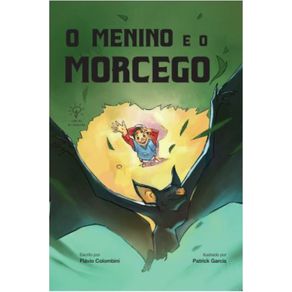 O menino e o morcego
O menino e o morcego
Ideias Brilhantes
R$ 29,90 à vista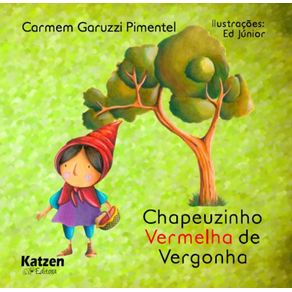 Chapeuzinho Vermelha de Vergonha
Chapeuzinho Vermelha de Vergonha
Katzen Editora
R$ 59,90 à vista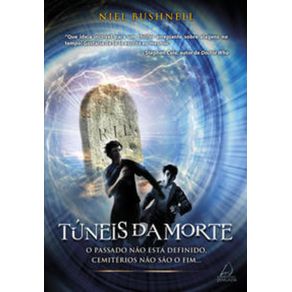 Tuneis Da Morte - O passado não está definido, cemitérios não são o fim...
Tuneis Da Morte - O passado não está definido, cemitérios não são o fim...
Jangada
R$ 77,90 à vista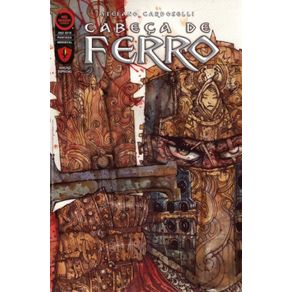 Cabeça de Ferro
Cabeça de Ferro
Red Dragon Publisher
R$ 36,90 à vista Raposa e Gengibre (Print on Demand)
Raposa e Gengibre (Print on Demand)
AVEC Editora
R$ 39,90 à vista Expressa - André Toral
Expressa - André Toral
Azougue
R$ 110,00 ou até 2x sem juros Expressa - Diego Sanchez
Expressa - Diego Sanchez
Azougue
R$ 110,00 ou até 2x sem juros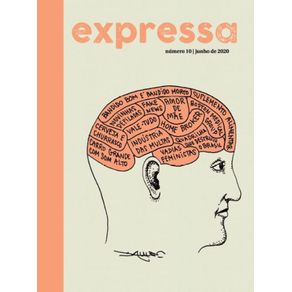 Expressa - André Dahmer
Expressa - André Dahmer
Azougue
R$ 110,00 ou até 2x sem juros Expressa - Paula Puiupo
Expressa - Paula Puiupo
Azougue
R$ 110,00 ou até 2x sem juros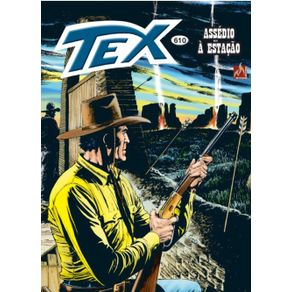 Tex 610 - Formato Italiano
Tex 610 - Formato Italiano
Mythos Editora
R$ 36,90 à vista Cisco Kid: Lucy, Flor Rubra & Belle (CAPA COMUM)
Cisco Kid: Lucy, Flor Rubra & Belle (CAPA COMUM)
Ucha Editorial
R$ 129,90 ou até 2x sem juros Cisco Kid: Lucy, Flor Rubra & Belle (CAPA DURA)
Cisco Kid: Lucy, Flor Rubra & Belle (CAPA DURA)
Ucha Editorial
R$ 169,90 ou até 3x sem juros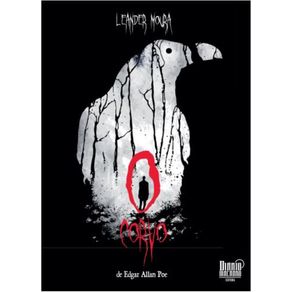 o Corvo
o Corvo
Editora Diário Macabro
R$ 36,90 à vista Chocolate - O cachorro que late
Chocolate - O cachorro que late
Paratexto Editora
R$ 54,90 à vista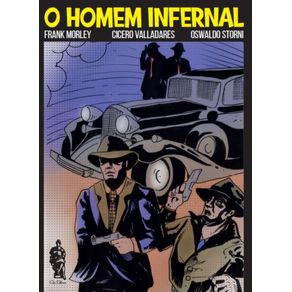 O Homem Infernal
O Homem Infernal
Clio Editora
R$ 31,90 à vista Meu Querido Diário - Parte 2 - The Last Years 2021-2022
Meu Querido Diário - Parte 2 - The Last Years 2021-2022
Z Edições
R$ 60,00 à vista Tuneis Da Morte - O passado não está definido, cemitérios não são o fim...
Tuneis Da Morte - O passado não está definido, cemitérios não são o fim...
Jangada
R$ 77,90 à vista Cabeça de Ferro
Cabeça de Ferro
Red Dragon Publisher
R$ 36,90 à vista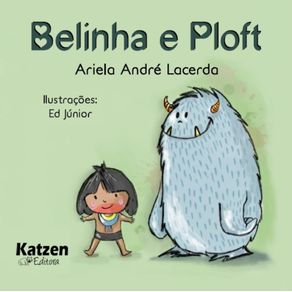 Belinha e Ploft
Belinha e Ploft
Katzen Editora
R$ 39,00 à vista Gringo: O Escolhido
Gringo: O Escolhido
Red Dragon Publisher
R$ 65,90 à vista Airboy: Deadeye
Airboy: Deadeye
Red Dragon Publisher
R$ 58,90 à vista Expressa - Diego Sanchez
Expressa - Diego Sanchez
Azougue
R$ 110,00 ou até 2x sem juros Expressa - Love Love 6
Expressa - Love Love 6
Azougue
R$ 110,00 ou até 2x sem juros Expressa - Paula Puiupo
Expressa - Paula Puiupo
Azougue
R$ 110,00 ou até 2x sem juros Tex 612 - Formato Italiano
Tex 612 - Formato Italiano
Mythos Editora
R$ 36,90 à vista Tex 606 - Formato Italiano
Tex 606 - Formato Italiano
Mythos Editora
R$ 36,90 à vista Cisco Kid: Lucy, Flor Rubra & Belle (CAPA DURA)
Cisco Kid: Lucy, Flor Rubra & Belle (CAPA DURA)
Ucha Editorial
R$ 169,90 ou até 3x sem juros A Samurai
A Samurai
Têmpora Criativa
R$ 50,90 à vista Dunkel: Dark Soul
Dunkel: Dark Soul
Red Dragon Publisher
R$ 55,90 à vista Mister No - As Novas Avennturas vol 1
Mister No - As Novas Avennturas vol 1
Red Dragon Publisher
R$ 54,90 à vista Gringo - The Chosen One
Gringo - The Chosen One
Red Dragon Publisher
R$ 71,90 à vista O Rei Bárbaro - Salomé
O Rei Bárbaro - Salomé
Red Dragon Publisher
R$ 59,90 à vista A Turma do SiriZinho em conhecendo um navio de produção de Petróleo
A Turma do SiriZinho em conhecendo um navio de produção de Petróleo
Um Livro
R$ 40,90 à vista Airboy - Deadeye
Airboy - Deadeye
Red Dragon Publisher
R$ 79,90 à vista Robert E. Howard Storyteller vol. 1 - Revista Ilustrada
Robert E. Howard Storyteller vol. 1 - Revista Ilustrada
Red Dragon Publisher
R$ 59,90 à vista O menino e o morcego
O menino e o morcego
Ideias Brilhantes
R$ 29,90 à vista Airboy: Deadeye
Airboy: Deadeye
Red Dragon Publisher
R$ 58,90 à vista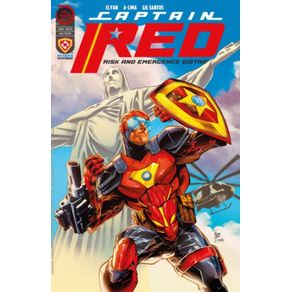 Captain RED
Captain RED
Red Dragon Publisher
R$ 44,90 à vista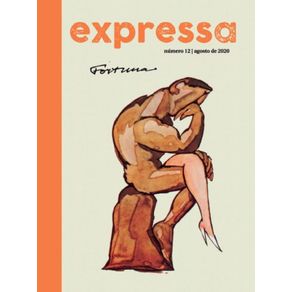 Expressa - Fortuna
Expressa - Fortuna
Azougue
R$ 110,00 ou até 2x sem juros